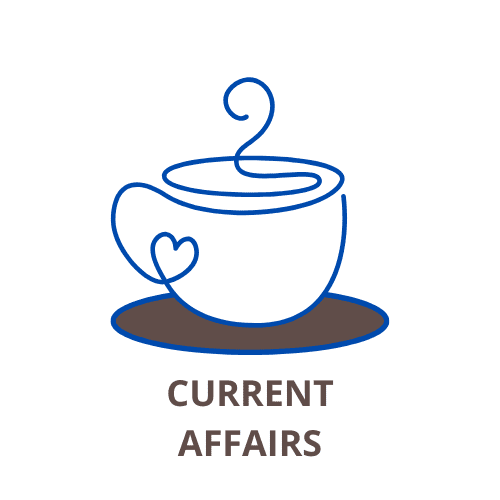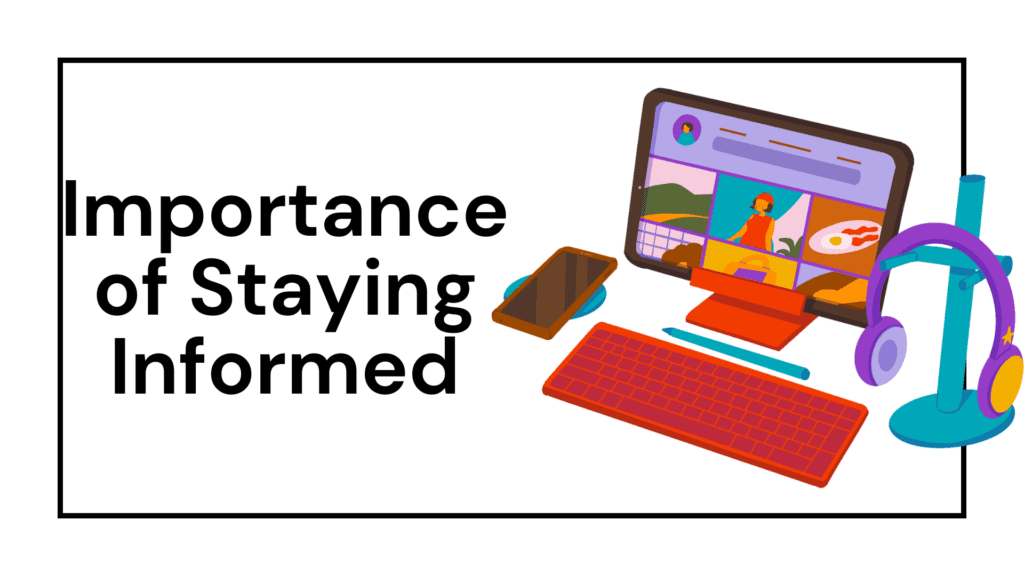Inflation
Definition:
Inflation is the rate at which the general level of prices for goods and services rises, leading to a decrease in the purchasing power of money.
Current Situation in Pakistan (2024–25):
-
Inflation has remained high, especially for essentials like food, fuel, electricity, and medicine.
-
Inflation rate fluctuated between 25–30% in early 2024.
Causes:
-
IMF Conditions: Removal of subsidies and higher taxation increased prices.
-
Currency Depreciation: Fall in the value of the Pakistani Rupee made imports more expensive.
-
Global Economic Pressures: Increased fuel prices and international inflation affected Pakistan.
Impact:
-
Cost of living has surged, affecting common households.
-
Middle- and low-income families are unable to meet basic needs.
-
Increased poverty and reduced savings/investment.
Unemployment
Definition:
Unemployment is a condition where people who are capable and willing to work cannot find jobs.
Current Situation in Pakistan (2024–25):
-
The unemployment rate is estimated around 8–9%.
-
Youth unemployment is particularly high.
-
Underemployment is also common – people are working part-time or jobs below their qualification.
Reasons:
-
Slow Economic/Industrial Growth: Limited job creation in both public and private sectors.
-
Political Instability: Investors hesitate to create job opportunities.
-
Lack of Skill Development: Graduates often lack job-market-oriented skills.
-
Brain Drain: Many professionals migrate abroad for better wages and opportunities.
Impact:
-
Increased social frustration and crime.
-
Wastage of human capital.
-
Burden on families and the economy.
Poverty
Definition:
Poverty is the condition where individuals or families cannot afford basic necessities such as food, shelter, healthcare, and education.
Current Situation in Pakistan (2024–25):
-
Around 39% of the population lives below the poverty line.
-
Poverty is more severe in rural areas, where services and infrastructure are poor.
Causes:
-
High Inflation: Reduces real income and purchasing power.
-
Unemployment: No stable income leads to long-term poverty.
-
Weak Welfare System: Social support programs like BISP are underfunded or inefficient.
-
Natural Disasters: Floods and droughts destroy agriculture, especially in rural areas.
Impact:
-
Poor health and education outcomes.
-
Child labor and school dropouts.
-
Increased dependency on aid and charity.
Summary of Key Economic Indicators (2024–25):
| Indicator | Status |
|---|---|
| Inflation Rate | 25–30% |
| Unemployment Rate | 8–9% |
| Poverty Rate | ~39% |
| PKR to USD | Volatile (fluctuating) |

